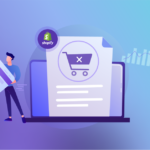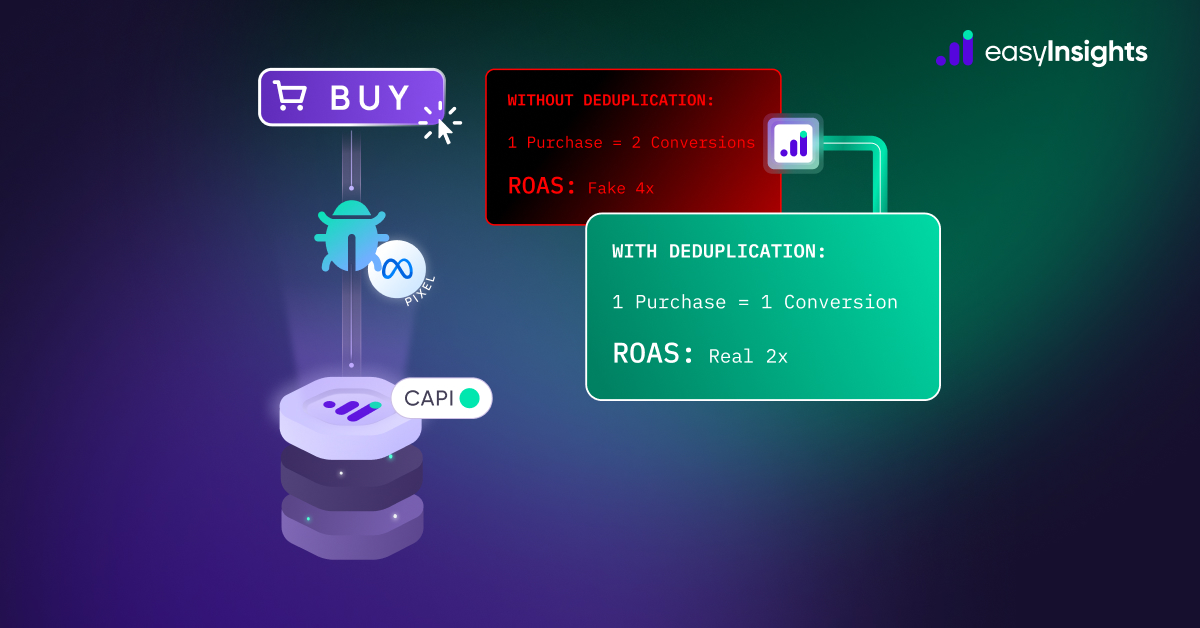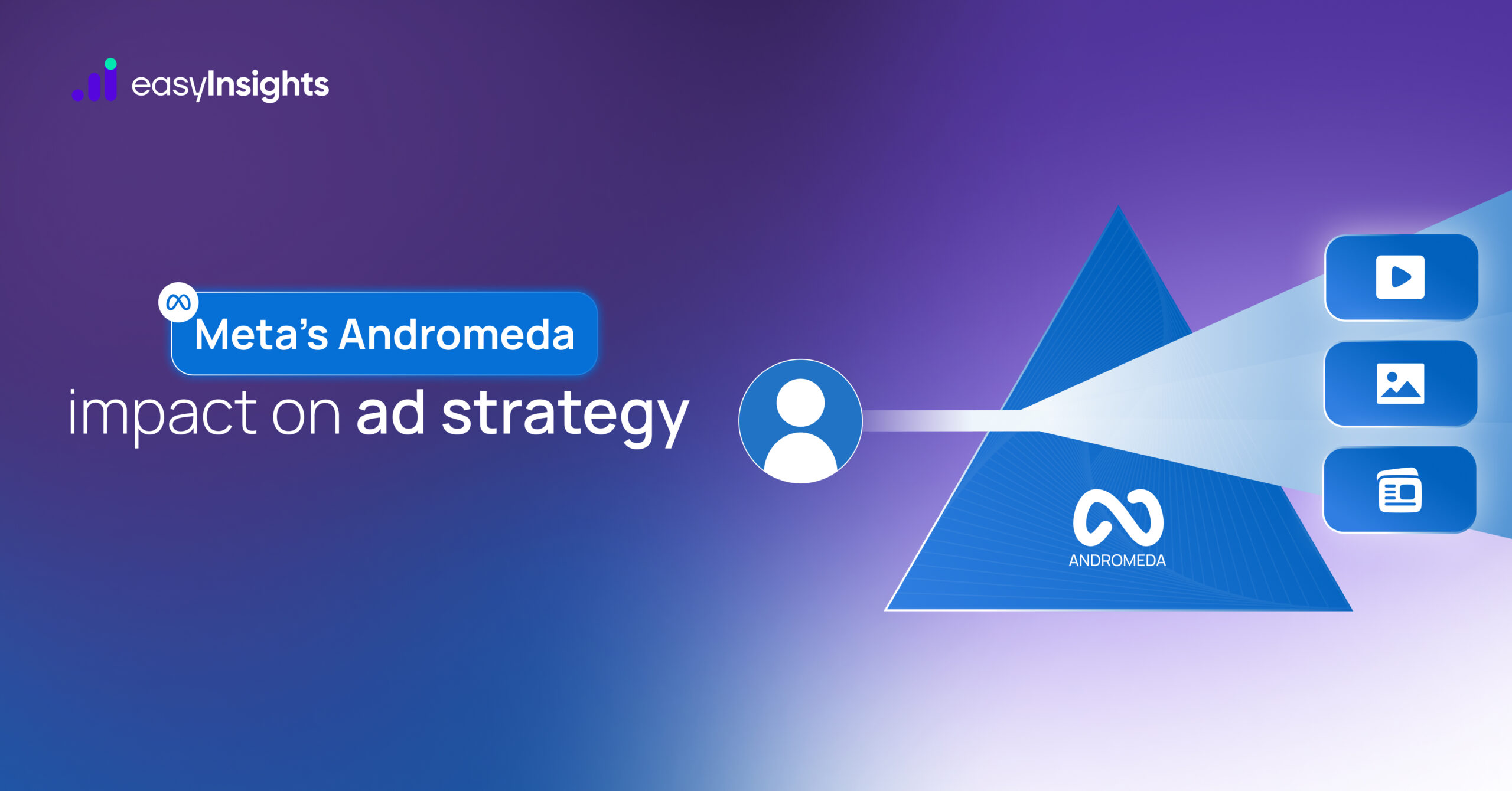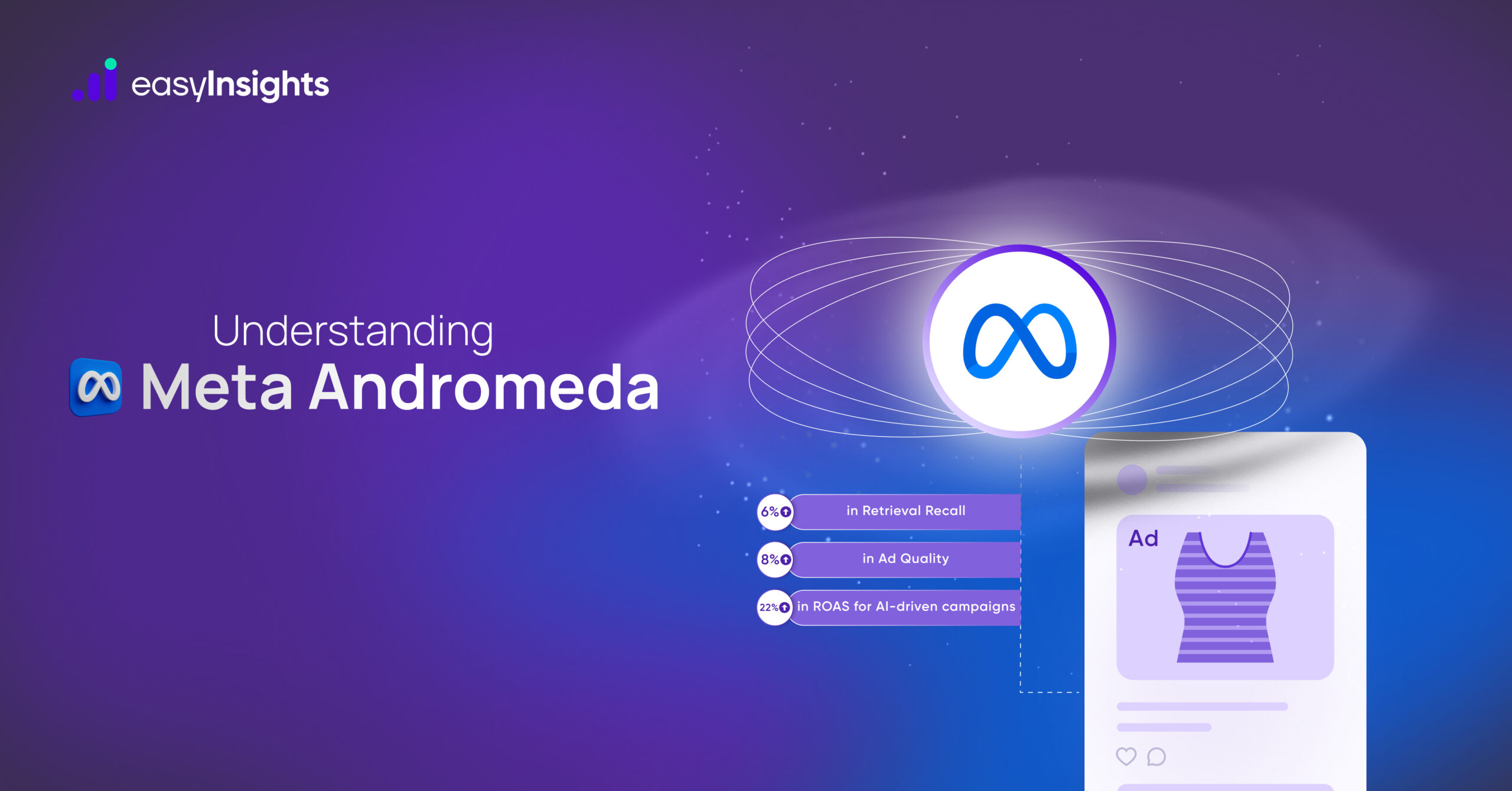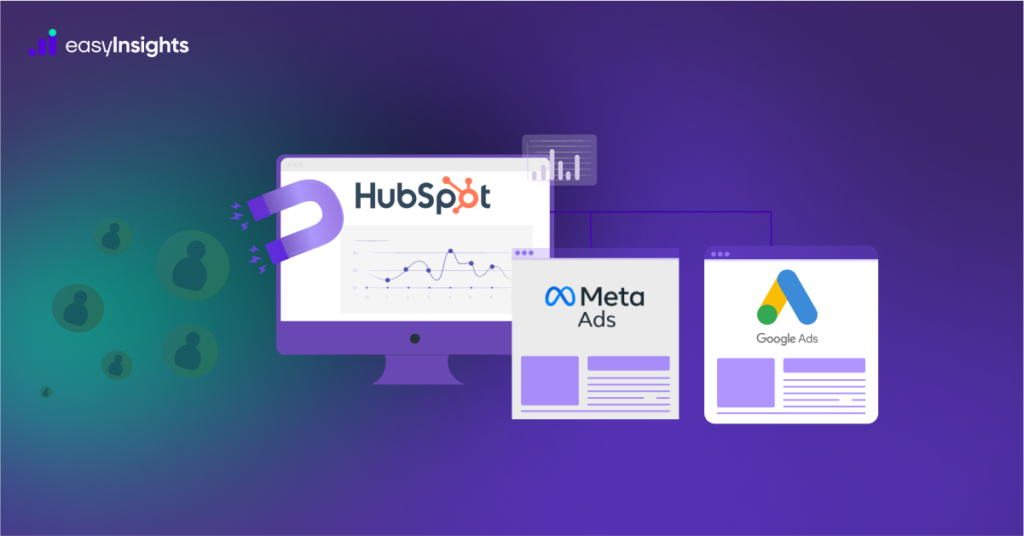
HubSpot is a popular marketing platform that helps brands manage leads, automate campaigns, and track customer interactions. Meta Ads and Google Ads are two of the biggest advertising platforms, allowing brands to reach audiences on social media and search engines, respectively. Together, these tools are essential for modern digital marketing strategies. In this blog, we’ll explore how integrating HubSpot lead data with Meta and Google Ads improves targeting, personalization, and ROI, and why first-party data is key to successful ad campaigns.
In today’s digital world, data integration is like connecting the dots between your tools to make them work smarter, not harder. When you connect HubSpot CRM with Meta Ads and Google Ads, you’re essentially bringing all your customer information together in one place. This helps you run better ads, target the right people, and get more bang for your buck.
Jump ahead to:
Why Connect HubSpot CRM with Meta and Google Ads?
Imagine you’re running a campaign to sell a product. Without integration:
- Your marketing team tracks leads in HubSpot.
- Your ad team runs campaigns separately on Google Ads or Meta Ads.
This disconnect means you’re missing out on valuable data that could make your ads more effective.
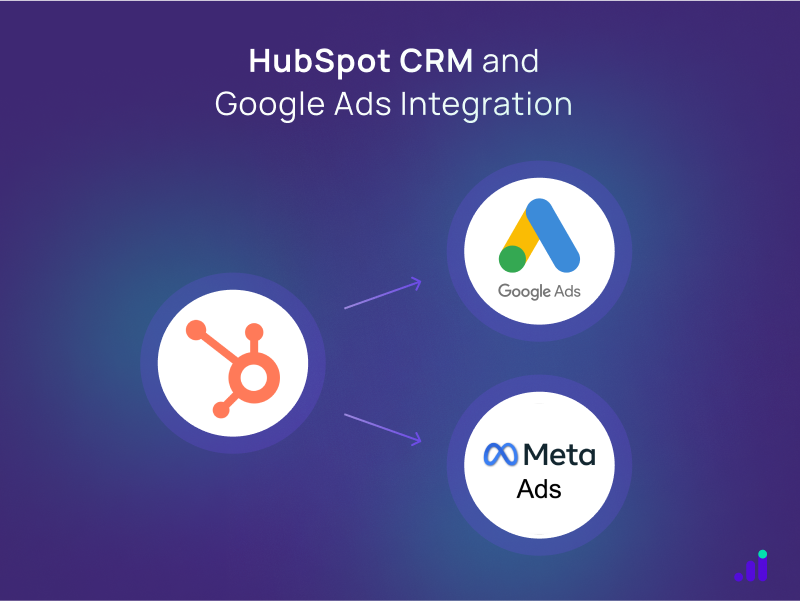
By connecting HubSpot with Google Ads and Meta Ads, you can:
- Use customer data from HubSpot to create highly targeted ads.
- Show your ads to people who are already interested in your product, increasing the chances of a conversion.
- Adjust your bid strategies in real-time based on how your campaign is performing.
A Unified Customer View for Better Targeting
When you integrate these tools, you get a unified customer view. This means you can see everything about your customers in one place what they’ve bought, what ads they’ve clicked on, and how they’ve interacted with your website. With this information, you can segment your audience into smaller groups based on their behavior. For example:
- You can create a segment for people who visited your website but didn’t buy anything and show them a special offer.
- Or, you can target people who already bought something with ads for related products.
This kind of audience segmentation makes your ads more relevant, which leads to better performance and higher conversions.
Aligning Marketing and Sales for Stronger Campaigns
Another big advantage of integration is that it brings your marketing and sales teams together. When your ad team knows what the sales team is seeing in HubSpot, they can create campaigns that support the sales process. For example:
- If your sales team identifies a high-value lead in HubSpot, your ad team can retarget that lead with personalized ads on Google Ads or Meta Ads.
- You can also use attribution to see which ads are driving sales, so you know where to focus your budget.
This alignment ensures that your marketing and sales efforts are working hand-in-hand, making your campaigns more cohesive and effective.
Also Read: Facebook Ads vs. Google Ads: How to Make the Right Choice for E-Commerce
HubSpot as a CRM
HubSpot has established itself as one of the most powerful and user-friendly CRM platforms in the market. Designed to streamline marketing, sales, and customer service efforts, HubSpot is a go-to tool for businesses looking to manage their customer relationships effectively. But what makes HubSpot truly stand out is its ability to collect, organize, and leverage lead data in ways that drive meaningful results for marketing campaigns. Let’s dive into why HubSpot is a game-changer for lead data management.
HubSpot is more than just a CRM—it’s an all-in-one platform that combines marketing, sales, and service tools to help businesses grow better. Its CRM capabilities are designed to centralize customer data, making it easier for teams to track interactions, manage pipelines, and nurture relationships. Key features include:
- Contact Management: Store and organize detailed information about leads and customers.
- Marketing Automation: Automate repetitive tasks like email campaigns and social media posting.
- Sales Pipeline Tracking: Visualize and manage deals through customizable pipelines.
- Analytics and Reporting: Gain insights into campaign performance and customer behavior.
HubSpot’s intuitive interface and seamless integrations with other tools make it a favorite among marketers and sales teams alike.
How HubSpot Collects and Organizes Lead Data
One of HubSpot’s greatest strengths is its ability to collect lead data from multiple touchpoints, creating a comprehensive profile for each contact. Here’s how it works:
- Forms and Landing Pages:
HubSpot allows you to create customizable forms and landing pages that capture lead information, such as names, email addresses, phone numbers, and more. These forms can be embedded on your website, blog, or social media, ensuring you never miss an opportunity to collect valuable data.
- Email Interactions:
When leads engage with your email campaigns whether they open an email, click a link, or download a resource HubSpot tracks these interactions and adds them to the contact’s profile. This helps you understand their interests and behavior.
- Website Activity:
With HubSpot’s tracking tools, you can monitor how leads interact with your website. From pages visited to time spent on site, this data provides insights into their preferences and intent.
- Social Media Engagement:
HubSpot integrates with social media platforms to track interactions like comments, shares, and clicks, giving you a fuller picture of how leads engage with your brand.
- CRM Updates:
Sales teams can manually add notes, call logs, and meeting details to a lead’s profile, ensuring all interactions are recorded in one place.
By consolidating data from these sources, HubSpot creates a 360-degree view of each lead, enabling personalized and targeted marketing efforts.
Why HubSpot is a Great Source of Lead Data
HubSpot’s ability to collect and organize lead data makes it an invaluable resource for marketing campaigns. Here’s why:
- Rich, Actionable Insights:
HubSpot doesn’t just collect data it organizes it into meaningful insights. For example, you can segment leads based on behavior, demographics, or engagement levels, allowing you to tailor your campaigns to specific audiences.
- Real-Time Updates:
HubSpot’s CRM updates in real-time, ensuring you always have the most current information about your leads. This is critical for timely and relevant marketing efforts.
- Automation Capabilities:
With HubSpot’s automation tools, you can use lead data to trigger personalized workflows. For instance, if a lead downloads an ebook, you can automatically send them a follow-up email with related content.
- Seamless Integrations:
HubSpot integrates with over 1,000 tools, including Meta Ads and Google Ads, making it easy to share lead data across platforms. This ensures your ad campaigns are informed by the most accurate and up-to-date information.
- Scalability:
Whether you’re a small brand or a large enterprise, HubSpot’s CRM scales with your needs. Its robust features and customizable workflows make it suitable for brands of all sizes.
How to Send Lead Data from HubSpot to Meta Ads and Google Ads
If you’re using HubSpot to manage your leads, you’re already sitting on a goldmine of data. But what if you could take that data and use it to supercharge your advertising efforts on Meta Ads (Facebook and Instagram) and Google Ads? The good news is, it’s not as complicated as it sounds. In this guide, we’ll walk you through the step-by-step process of integrating HubSpot with Meta Ads and Google Ads, and share some best practices to ensure everything runs smoothly. Step By Step Guide to Integrating HubSpot with Meta Ads and Google Ads:
1. Sending Lead Data to Meta Ads
Meta Ads thrive on data. By feeding them your HubSpot lead data, you can create more targeted and effective campaigns. Here’s how to do it:
Option 1: Use Facebook Pixel
The Facebook Pixel is a piece of code you add to your website to track user behavior. Here’s how to set it up:
- Install the Facebook Pixel:
- Go to your Facebook Ads Manager.
- Create a new Pixel or use an existing one.
- Copy the Pixel code and add it to your website’s header (or use HubSpot’s tracking code tool).
- Track Lead Data:
- Use HubSpot forms to capture lead data (e.g., email, name, phone number).
- Set up custom conversions in Facebook Ads Manager to track specific actions, like form submissions or purchases.
- Create Custom Audiences:
- Upload your HubSpot lead list (emails or phone numbers) to Facebook Ads Manager.
- Use this list to create a Custom Audience or a Lookalike Audience.
Option 2: Use Offline Conversions
If you’re tracking leads offline (e.g., through phone calls or in-store visits), you can still send this data to Meta Ads:
- Set Up Offline Events:
- In Facebook Ads Manager, go to the Events Manager and set up offline event tracking.
- Use HubSpot to export lead data (e.g., CSV files) and upload it to Facebook.
- Match Leads to Ads:
- Facebook will match the lead data to users who interacted with your ads, helping you measure offline conversions.
Option 3: Use Third-Party Integrations
If you want a more automated solution, tools like HubSpot’s native integrations can help:
- Connect HubSpot to Meta Ads:
- Set up a Zap that triggers when a new lead is added in HubSpot.
- Send the lead data (e.g., email, name) to Meta Ads as a Custom Audience.
- Use HubSpot’s Native Integration:
- HubSpot offers a direct integration with Facebook Ads. Go to your HubSpot settings, connect your Facebook account, and sync your lead data.
2. Sending Lead Data to Google Ads
Google Ads is another powerful platform that benefits greatly from HubSpot lead data. Here’s how to integrate:
Option 1: Use Google Ads API
For advanced users, the Google Ads API allows you to sync HubSpot lead data directly:
- Set Up the API:
- Work with a developer to connect HubSpot to Google Ads using the API.
- Sync lead data, such as email addresses or phone numbers, to create custom audiences.
- Track Conversions:
- Use the API to send conversion data (e.g., form submissions, and purchases) from HubSpot to Google Ads.
Option 2: Use Offline Conversions
If you’re tracking leads offline, you can upload this data to Google Ads:
- Export Lead Data from HubSpot:
- Export a CSV file of your leads, including details like email, phone number, and conversion data.
- Upload to Google Ads:
- Go to Google Ads, navigate to the “Tools & Settings” menu, and select “Conversions.”
- Upload your lead data as an offline conversion.
Best Practices for Sending Lead Data
Integrating HubSpot with Meta Ads and Google Ads can supercharge your campaigns, but it’s important to do it right. Here are some best practices to keep in mind:
1. Ensure Data Accuracy
- Clean Your Data: Before sending lead data, make sure it’s accurate and up-to-date. Remove duplicates, fix formatting errors, and verify email addresses.
- Regular Updates: Sync your data regularly to ensure your ads are targeting the most current leads.
2. Respect Privacy Regulations
- GDPR and CCPA Compliance: Make sure you have consent from leads before using their data for advertising. Include clear opt-in language on your forms and respect opt-out requests.
- Anonymize Data: If required, anonymize lead data to protect user privacy.
3. Test and Optimize
- Start Small: Begin with a small audience to test your integration and ensure everything works as expected.
- Monitor Performance: Track how your ads perform and make adjustments as needed. For example, if a custom audience isn’t converting, try refining your targeting criteria.
Benefits of HubSpot Integration With Meta & Google Ads:
Both Google Ads and Meta Ads (Facebook & Instagram Ads) help Brands reach potential customers, but they operate in different ways.
Google Ads uses pull-based marketing, capturing active buyers through search intent, while Meta Ads uses push-based marketing, driving discovery through interests and behaviors. Brands that combine both can maximize visibility, engagement, and conversions by reaching customers at multiple touchpoints in their buying journey.
Meta Ads:
But here’s the thing while Meta Ads are great at targeting broad audiences, they become even more powerful when you feed them real, actionable lead data from your CRM like HubSpot. Imagine you’re throwing a party. You could invite everyone in your neighbourhood, or you could invite only the people who like parties and have shown interest in coming to yours. That’s the difference between generic ads and ads powered by HubSpot lead data. Here’s how it works:
1. Improved Audience Targeting
Meta Ads already lets you target people based on their interests and behaviors, but when you integrate HubSpot data, you can take it to the next level. Here’s how:
- Custom Audiences: Upload your HubSpot lead data (like email addresses or phone numbers) to Meta Ads, and create a custom audience of people who have already interacted with your brand. This ensures your ads are shown to people who are already familiar with you.
- Lookalike Audiences: Meta can use your HubSpot data to find new people who look and act like your existing leads. This is like cloning your best customers and targeting them with ads.
For instance, if you have a fitness studio, you can target people who’ve signed up for a free trial or downloaded your workout guide and then find more people just like them and target them accordingly.
2. Retargeting Opportunities
Not every lead converts on their first interaction with your brand. Maybe someone visited your website, filled out a form, or even added a product to their cart but didn’t complete the purchase. With HubSpot data integrated into Meta Ads, you can retarget these leads with personalized ads to bring them back into the fold.
For instance, if someone downloaded an ebook from your website but didn’t sign up for your service, you can show them an ad highlighting your most popular offering. It’s like giving them a gentle nudge to remind them why they were interested in the first place.
3. Personalized Ad Experiences
People don’t want to see generic ads—they want to see content that feels relevant to them. By combining HubSpot lead data with Meta Ads, you can create hyper-personalized ad experiences. For example:
- If a lead has shown interest in a specific product category (based on their HubSpot data), you can show them ads featuring those products.
- If a lead has interacted with your emails or website, you can adjust your ad messaging to reflect their behaviour.
This level of personalisation not only grabs attention but also builds trust and increases the likelihood of conversion.
4. How HubSpot Data Transformed a Campaign
Let’s say you’re running an online store selling eco-friendly home products. You’ve been using HubSpot to collect lead data from website visitors, email subscribers, and past customers. Here’s how integrating that data with Meta ads works:
- Step 1: Upload your HubSpot lead list to Meta Ads and create a custom audience of people who’ve purchased in the last 6 months.
- Step 2: Use lookalike audiences to find new customers who share similar traits with your existing buyers.
- Step 3: Retarget leads who abandoned their carts with ads showcasing the products they left behind, along with a special discount code.
The result- a 30% increase in conversions and a 20% boost in revenue—all because you used HubSpot data to make your Meta Ads smarter and more targeted.
Also Read: Google Ads Audience Segments – All You Need to Know
Google Ads:
Google Ads are powerful for intent-driven traffic, but they become even more effective with HubSpot lead data integration.
1. Smarter Audience Targeting
- Customer Match: Upload HubSpot lead data (emails, phone numbers) to target engaged users.
- Similar Audiences: Find new prospects with traits matching your best customers.
Example: An online pet store can target past pet food buyers and find similar customers.
2. Retargeting for Conversions
Not all leads convert instantly—HubSpot data helps re-engage them.
- RLSA: Customize search ads for users who visited key pages but didn’t convert.
- Display & YouTube Retargeting: Show personalized ads to potential customers.
Example: Retarget users who downloaded an industry report with testimonial-driven ads.
3. Personalized Ad Experiences
- Show dynamic product ads based on a lead’s browsing history.
- Align messaging with a user’s email interactions for relevancy.
4. HubSpot Data in Action
A SaaS company using HubSpot:
- Customer Match: Targeted past free trial users.
- Similar Audiences: Found new potential subscribers.
- Retargeting: Engaged trial abandoners with compelling ads.
Integrating HubSpot with Google Ads creates precise, data-driven campaigns that maximize conversions.
Conclusion
Integrating HubSpot with Meta Ads and Google Ads enhances audience targeting, personalized ads, and ROI. However, syncing data across platforms can be challenging. EasyInsights simplifies this by integrating HubSpot with meta and Google ads, ensuring accurate conversion tracking, attribution, and real-time syncing of first-party data. This helps optimize campaigns and provides a unified view of marketing performance, allowing you to make data-driven decisions.
Sign up for a demo today to see EasyInsights in action.


